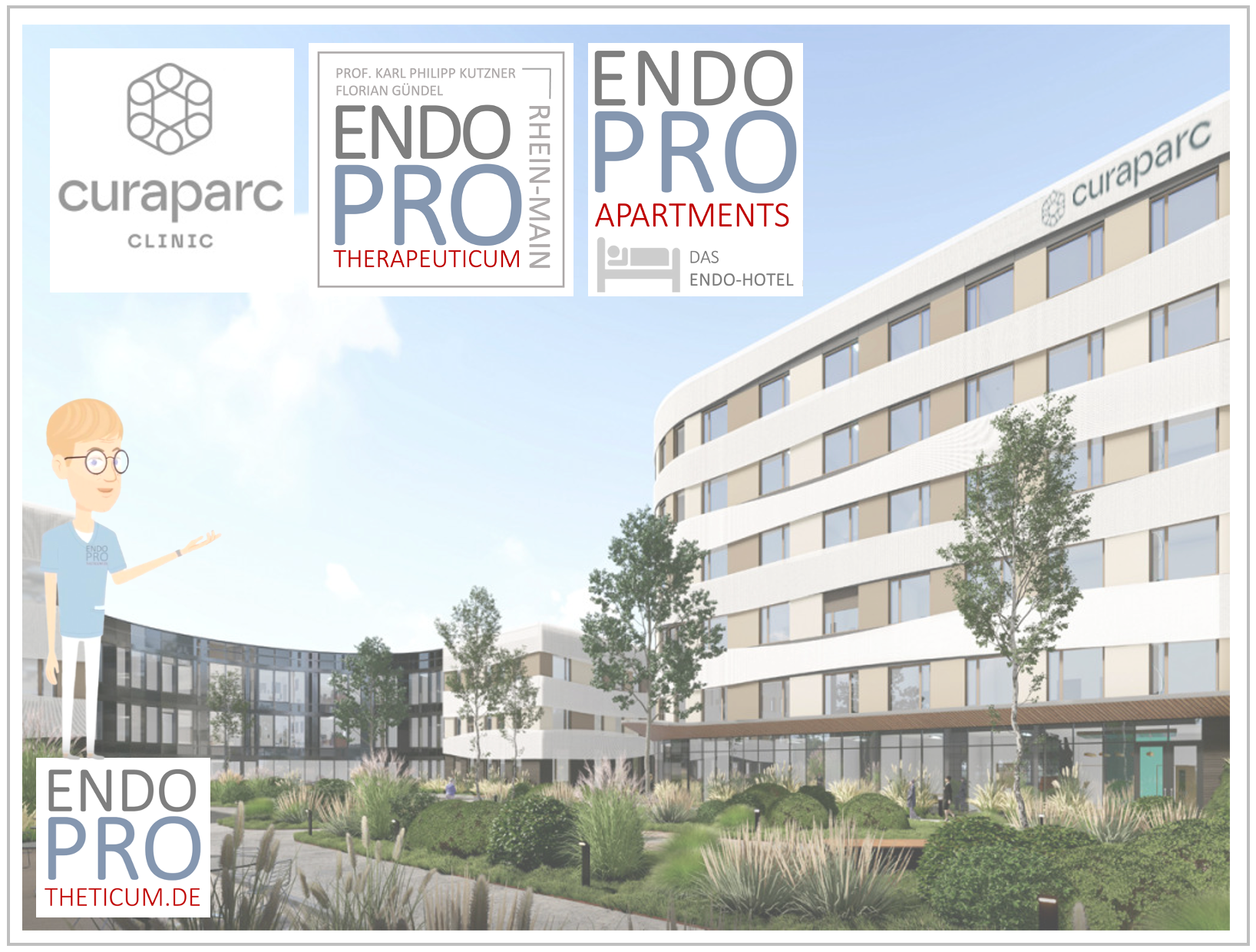Endoprosthetics: Does it really have to be inpatient rehabilitation?
Inpatient vs. outpatient rehab: An overview

After an endoprosthetic procedure, many patients are faced with the question of the optimal form of rehabilitation. While inpatient rehab is often considered traditional and comprehensive, outpatient rehab offers a modern and flexible alternative. It enables more individual adaptation to everyday life, especially for more mobile patients, and is based on the latest rehabilitation techniques.
Inpatient vs. outpatient rehab: An overview
After a hip or knee prosthesis operation, there are usually two types of rehabilitation to choose from: inpatient and outpatient rehabilitation. The choice between the two forms depends on various factors such as the patient's health status, age and personal preference.
- Inpatient rehabilitation: The patient stays in a rehabilitation clinic for a set period of time. Here he has daily access to medical staff and therapists. Inpatient rehabilitation is particularly suitable for patients with additional health risks or severe mobility restrictions who require comprehensive care and a controlled environment.
- Outpatient rehabilitation: The patient stays at home and visits the rehabilitation facility during the day. This form is recommended for more mobile, motivated patients who can cope with support from their home environment and master their everyday lives independently.
Benefits of outpatient rehab
- Individuality and flexibility
Outpatient rehabilitation can be individually tailored to the patient and allows new movement sequences to be integrated directly into everyday life at home. This strengthens the patient's self-confidence and personal responsibility. - Social integration and quality of life
Patients recovering at home can use their familiar surroundings and maintain contact with family and friends. This increases social support, which can promote recovery. A regular daily routine and a return to normality promote mental health. - Mobility and Independence
Outpatient programs help patients feel independent and mobile by training practical, everyday movements. Patients also receive assistance with exercise in everyday life and returning to work. - Modern medical care and therapy options
Modern methods such as digital therapy programs and personalized therapy plans are used in outpatient rehabilitation. The focus here is on low-pain mobility exercises, specially tailored physiotherapy and ergonomic movement strategies.
Limits and requirements of outpatient rehabilitation
Outpatient rehab is not suitable for all patients. Certain medical risks, such as limited mobility or serious comorbidities, may necessitate the need for close medical monitoring that can be better provided in an inpatient setting.
Inpatient rehab as a “time out” – who is it better suited for?
Inpatient rehabilitation can make sense for patients who need a “time out” or who find it difficult to organize themselves. It provides continuous medical care, which can be crucial in certain cases. Patients with complex operations or high risk in particular benefit from inpatient rehabilitation.
Conclusion
The decision between inpatient and outpatient rehabilitation should be made individually in consultation with doctors and therapists. Outpatient rehabilitation offers many advantages in terms of flexibility and quality of life and represents a modern, effective and often preferred form of rehabilitation for the majority of patients after endoprosthesis operations. The times when inpatient rehabilitation followed as a matter of course in Germany are today outdated. There are a lot of good alternatives.
MAKE AN APPOINTMENT?
You are welcome to make an appointment either by phone or online .



























